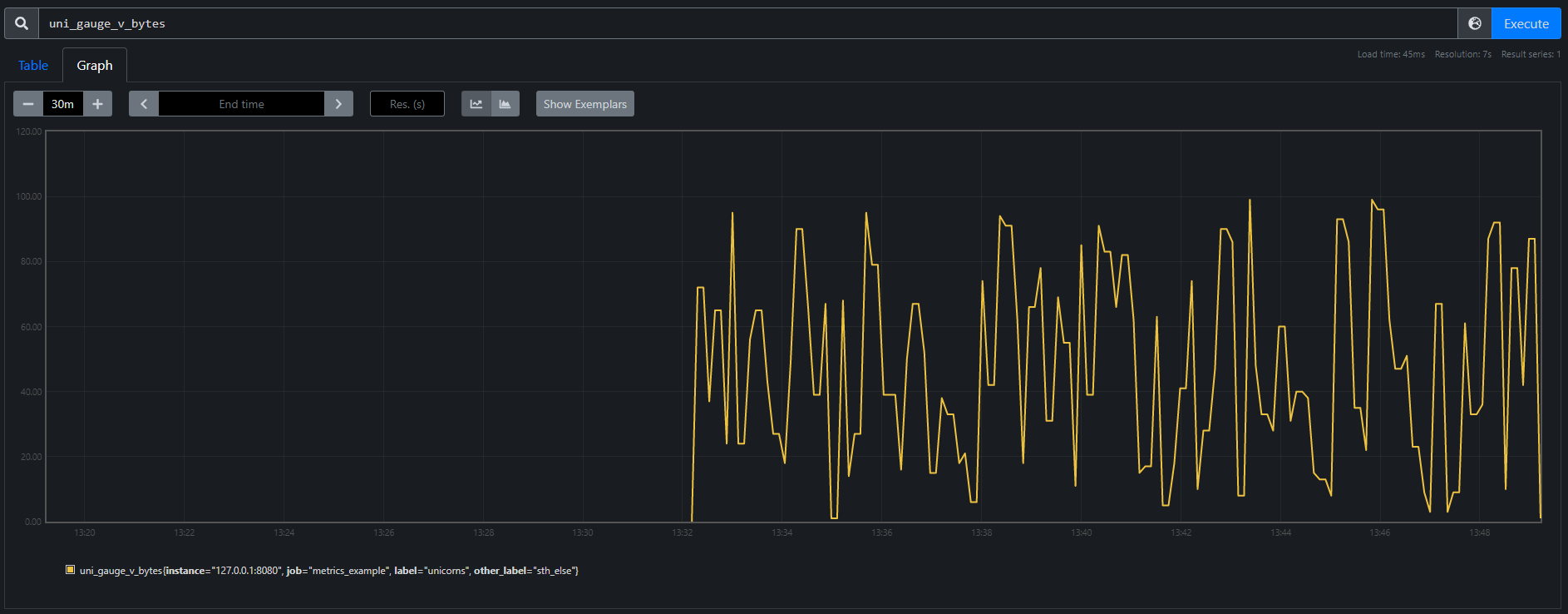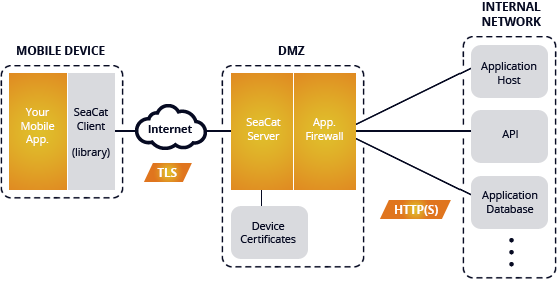What TCP port to use with SeaCat
Introduction
SeaCat requires to specify one TCP port that is eventually used for client-gateway communication. Clients connect to this port to establish TLS channel that is used to exchange requests and related responses. SPDY-based communication protocol is used for traffic in this channel.

SeaCat: Protocol stack
TCP ports reachability
Google performed investigation during WebSocket implementation (late 2009) that showed surprising facts about success rate of client-to-server connections:
- HTTP port 80: 67%
- Custom TCP port (61985): 86%
- HTTPS port 443: 95%
The reason for low HTTP score is that the Internet is today full of proxies and firewalls that are configured to be transparent to HTTP traffic. However, non-HTTP traffic doesn't successfully pass them. Detailed reasoning can be found here: SPDY Essentials presentation from Google at approx. 18th minute of the video.
443 or custom port
SeaCat communication protocol is up to Session layer compatible with HTTPS protocol stack, HTTPS client that connects to SeaCat gateway is politely rejected with no harm on both sides. SeaCat traffic is indistinguishable from HTTPS traffic for intermediates on the network path, and,therefore, it shares the same success rate of connections. For these reasons TCP port 443 is recommended choice for SeaCat.
If for whatever reason you cannot use this port, use any TCP port above 1024 (non-reserved ports). You will likely got little bit worst connection success rate but still useful for practical deployments in common network scenarios.
Need help?
Do you want to review your SeaCat-related design proposal?
Do you have a question we didn’t cover?
Do you want to give some feedback?
Feel free to contact us support@teskalabs.com.
Most Recent Articles
- A beginner-friendly intro to the Correlator for effective cybersecurity detection
- Inotify in ASAB Library
- From State Machine to Stateless Microservice
- Entangled ways of product development in the area of cybersecurity #3 - LogMan.io
- Entangled ways of product development in the area of cybersecurity #2 - BitSwan
You Might Be Interested in Reading These Articles

Don't worry, ASAB and the universe can be fixed
How do my first sprints in TeskaLabs look like? Sheer desperation quickly turns into feelings of illumination and euphoria. And back. I've also made a few new friends and learned a thing or two about flushing metrics. The digital adventure begins.
Published on February 15, 2022

Building a private cloud on AMD Ryzen and Linux Containers
At our company, we develop our own software products that we offer to our clients and often also run ourselves. So far our company has operated its IT infrastructure — about 30 virtual servers—on a public cloud, specifically on MS Azure.
Published on July 01, 2018

Software architect's point of view: Why use SeaCat
I've recently received an interesting question from one software architect: Why should he consider embedding SeaCat in his intended mobile application? This turned into a detailed discussion and I realised that not every benefit of SeaCat technology is apparent at first glance. Let me discuss the most common challenges of a software developer in the area of secure mobile communication and the way SeaCat helps to resolve them. The initial impulse for building SeaCat was actually out of frustration of repeating development challenges linked with implementation of secure mobile application communication. So let's talk about the most common challenges and how SeaCat address them.
Published on April 16, 2014
